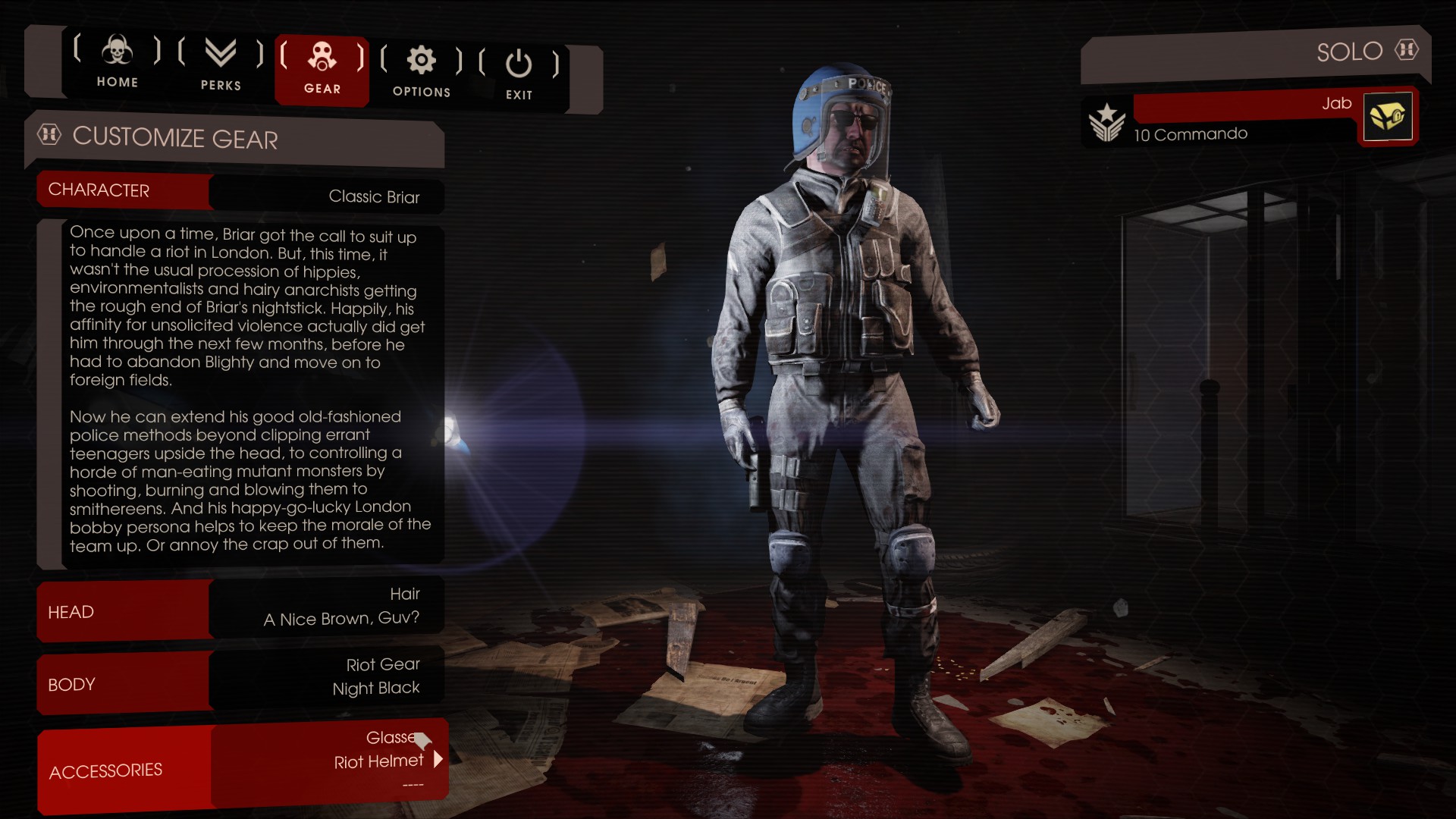

Kismet allows us to link the trigger to the spawn. This is where you’ll start using Kismet (opened by the green K icon on the top toolbar). This is a similar process to creating the SpawnVolume. The trigger is placed in the map (usually near the vent) and when stepped in/on, will cause the spawn to activate.įirstly, set the builder brush in the area you want and create a TriggerVolume. The second part of setting up the KFSpawner is the trigger, mentioned on the last image above. Other properties you may notice include the link to the destructible vent actor and the fact the spawn is triggered somehow. You can also set the Emerge Animation, I set this to WallHigh due to the vent hatch placement. There are some key settings to change such as the Largest Squad (enemy) Type, I set this to crawler. Here are the properties of the KFSpawner. Open the content browser (top toolbar, next to binoculars) and switch tabs to find this list. A list of actor types are found in this list, you can see DestructibleActor here too. The KFSpawner actor is represented by this Zed model. This is made of 2 static meshes (Sub Objects) and has various settings such as ignore player damage.Īgain, part of the template map. The vent hatch is more complicated than just a static model.

If you use the standard wall sizes, this will fit right in.
#Killing floor 2 enemies just spawning out of nowhere plus#
In the template map, you’ll find this single wall piece with a hole cut, plus the vent hatch and backdrop. Note that a template map is included in the SDK files which have these spawn types set up to easily copy and paste, I recommend checking all the templates out. The first thing to do is set-up the vent and KFSpawner. The KFSpawner actor is usually used to spawn Zeds from air vents or sewers, it spawns single-file enemies at a time. Moving on to a more specific spawning tool, KFSpawner. I also set the max points from 10 to 8 just to match the actual amount/keep it consistent. I was happy with 8 points, so playing around a bit with the dimensions let me spread the spawn points out more. Since the volume was too small, I edited it using the geometry tools to generate more spawn points. You may also notice other key settings such as ‘Largest Squad Type’ (enemy difficulty). When created, it will automatically fit spawn points (up to the ‘Max Spawn Markers’) in the area. Move the builder brush out of the way to make sure you can see the volume. This will place the volume exactly where the builder brush is. Using the builder brush, create a volume using the ‘KFSpawnVolume’ type.


 0 kommentar(er)
0 kommentar(er)
